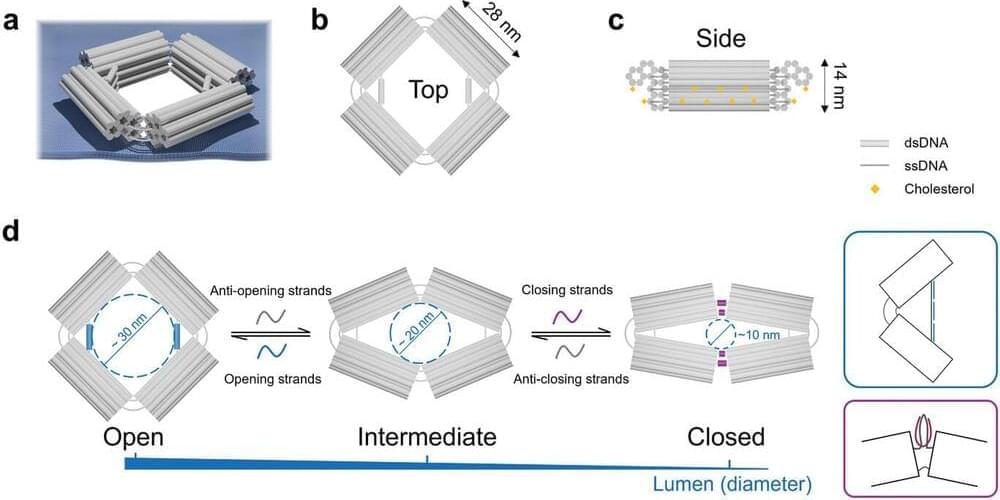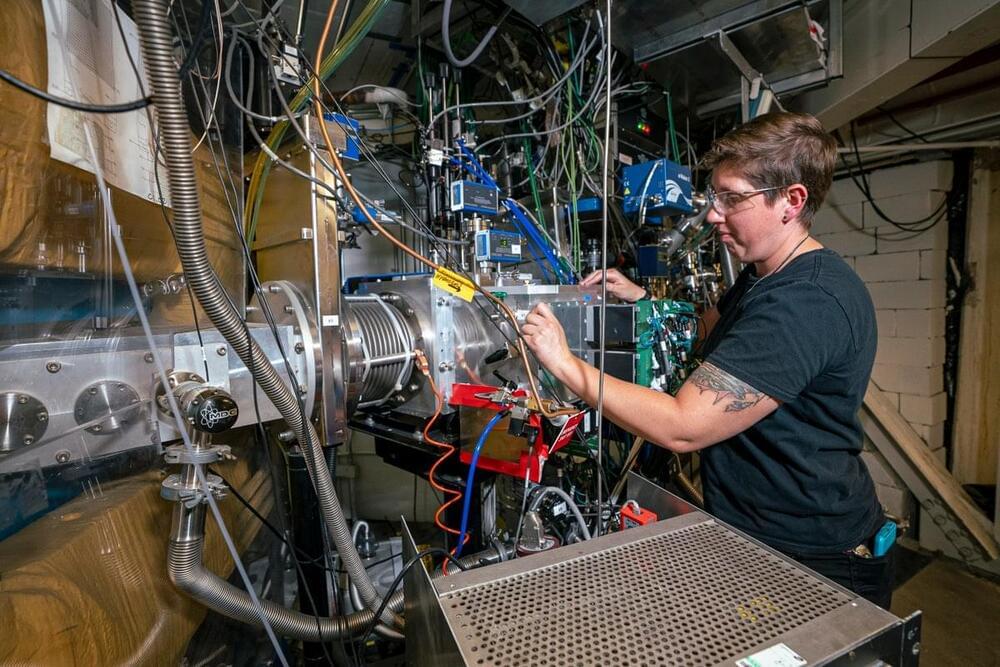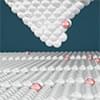Teleology the return of Aristotle?
The scientific story of who we are is a reductionist, gene-centric model that forfeits natural phenomena like purpose due to its association with intelligent design and a transcendent, intelligent designer. Noble is neutral on religious matters. Yet he sees compelling evidence that purpose may be fundamental to life. He’s determined to debunk the current scientific paradigm and replace the elevated importance of genes with something much more controversial. His efforts have enraged many of his peers but gained support from the next generation of origins-of-life researchers working to topple the reign of gene-centrism. If successful, the shift could not only transform how we classify, study and treat disease, but what it means to be alive.
One of the earliest biomedical computer programmers, Noble created the first model for a working human heart in 1960 on a vacuum tube computer. The project led to his discovery that heartbeats are emergent properties—new phenomena—arising from feedback loops, transforming our understanding of heart function and underpin treatments for heart conditions that we use today. His research on the heart’s pacemaker demonstrates a prioritization of the organism as a whole over its genes alone. “Several genes could individually be knocked out but the process continues,” says Noble. These genes are responsible for heart rhythm, yet other mechanisms can take over to get the job done.
In the 1960s, Noble served as the dissertation examiner for the then-unknown Richard Dawkins—a prominent figure in the New Atheism movement—would go on to author the 1976 classic The Selfish Gene that popularized the gene-centric theory of evolution. Gene-centrism says evolution acts on genes, not individual organisms. We are merely vessels for our genes that are driving evolution by Darwinian natural selection. Noble’s analysis suggests that evolution acts on the organism as a whole, with the organism harnessing randomness and variation to create and heal itself—on purpose. In this re-evaluation, Noble believes that purpose, creativity, and innovation are fundamental to evolution. He argues that we experience these processes as drives, but they are not purely subjective. They also progress non-consciously in other parts of our body. These natural processes harness randomness and unpredictability—stochasticity—to survive, make decisions, and thrive. “Stochasticity is the center of creativity in organisms,” says Noble.








